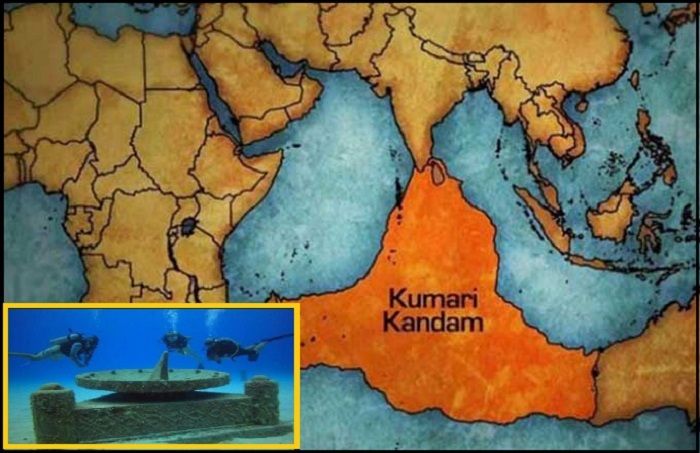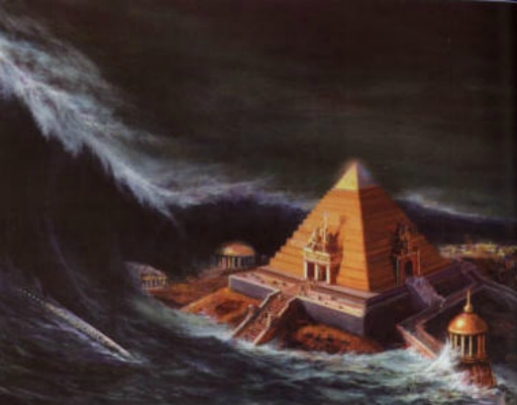
The Lost Continent of Kumari Kandam, Land Where Humans First Evolved, Submerged In The Indian Ocean
Kumari Kandam refers to a mythological lost continent with an ancient Tamil civilisation. Now identified as Lemuria or Gondwanaland, the region extended from Kanyakumari (the southernmost tip of modern India) in the North to the far west as Madagascar, nearing the East Coast of Australia, has been submerged in the Indian Ocean.

The story of lost continent claims that the Pandiyan kings of Kumari Kandam were the rulers of the whole Indian continent and that Tamil civilisation is the oldest civilisation in the world. When Kumari Kandam was submerged, its people spread across the world and founded various civilisations, hence the claim that the Kumari Kandam was also the cradle of human civilisation.
The Kumari Model by AR Vasudevan
Over the time, scientists have opinionated on how humans evolved from Africa (before migrating out into the rest of the world), based on evidence gathered. But, going by the Kumari model, a result of the advanced study by A. R. Vasudevan, one would have to believe that humans never evolved in Africa. In fact, they originated from a continent in the Indian Ocean, which was known as Kumari land.
The ‘model’ on human origins argues that, when the Kumari land was claimed by the sea around 15,000 years ago, people migrated out of Kumari land and populated the rest of the world; taking two routes – West into Africa and East into India.

The individuals, who moved to Africa have become Sumerians and people who moved from Africa to Arabia later became Jews. Due to a tsunami, people moved to Bengal and have become Cholas and people who moved to Sind and Punjab became Cheras. And, those who kept voyaging into East, eventually moved out of India, settling in Europe and the rest of Asia. (Indian origin of Europeans, in turn, lend the acceptance for the Kumari model).
Is there any truth behind the story of Kumari Kandam?
According to Oceanographic Researchers, the sea level around the Indian peninsula was lower by 100m about 14,500 years ago and by 60m about 10,000 years ago. Hence, it is entirely possible that there was once a land bridge connecting the island of Sri Lanka to mainland India. As the rate of global warming increased between 12,000 and 10,000 years ago, the rising sea levels resulted in periodic flooding. This would have submerged prehistoric settlements that were located around the low-lying coastal areas of India and Sri Lanka. Stories of these catastrophic events may have been transmitted orally from one generation to another and finally written down as the story of Kumari Kandam.

Exploration:
The speculation about the existence of a larger continent in the Indian Ocean, surfaced when English geologist Philip Sclater found the presence of lemur fossils in Madagascar and India but not in Africa and the Middle East.